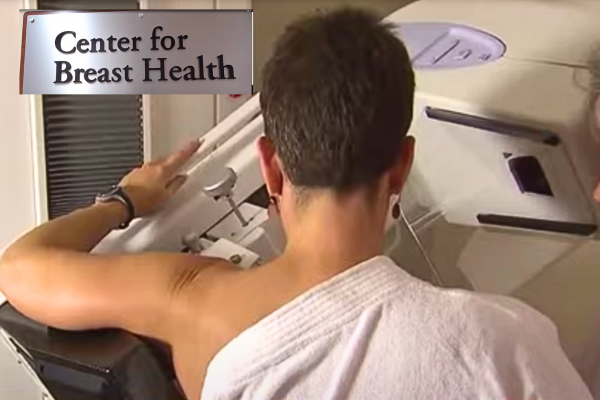SCREENING RECOMMENDATIONS
A national advisory panel has updated its guidelines for Breast Cancer Screening, now recommending that all women should begin regular Mammogram Checks at age 40, rather than waiting until age 50.
The United States Preventive Services Task Force (USPSTF) suggests that women undergo screening every two years until they reach the age of 74.
Rationale Behind the Mammogram Guideline Changes
The updated guidelines are a response to the growing rates of breast cancer among younger women.
According to John Wong, a task force member and professor of medicine at Tufts University, there has been a 2% annual increase in breast cancer diagnoses among women in their 40s from 2015 to 2019. Starting screening earlier provides more benefits, as the risk of developing breast cancer is higher in this age group.
Aligning with Other Health Organizations
The new guidelines bring the USPSTF’s recommendations closer to those of other prominent health organizations, such as the American Cancer Society and the American College of Obstetricians and Gynecologists. These groups have also suggested that average-risk women consider starting screening at age 40 or 45.
Weighing the Pros and Cons of Mammogram Checks
While earlier screening is expected to save additional lives, it also carries potential drawbacks, such as false positive findings. For every 1,000 women screened, approximately 500 may receive false positive results. Despite this, the task force believes the benefits of starting screening at age 40 outweigh the potential harms.
Addressing Racial Disparities in Breast Cancer Care
The revised guidelines also strive to tackle the inequalities in breast cancer outcomes among different racial groups.
Black women, who often face a higher likelihood of developing breast cancer at younger ages and receiving diagnoses of more aggressive tumors, are expected to see positive impacts from the recommendation for earlier screening.
Personalized Approach
It’s important to note that these guidelines are intended for the average-risk individual. Factors such as family history, genetic mutations, and lifestyle choices can all influence a person’s breast cancer risk.
Researchers are working to develop personalized recommendations based on these factors, but more research is needed before they can be incorporated into broad population guidelines.
Taking Charge of Your Breast Cancer Risk
Alongside the importance of regular screenings, adopting a healthy lifestyle can play a crucial role in lowering your risk of breast cancer.
This multifaceted approach includes maintaining a healthy weight, engaging in consistent physical activity, adhering to a balanced and nutritious diet, abstaining from smoking, moderating alcohol consumption, and considering breastfeeding if it’s a viable option for you.
Conclusion On New Mammogram Guidelines
The revised USPSTF guidelines recommend that all women should begin regular mammograms at age 40 to detect breast cancer early.
These guidelines aim to save more lives and address racial disparities in breast cancer outcomes. However, it’s crucial to discuss your individual risk factors with your healthcare provider to determine the best screening plan for you.
Also Read : The TICK Season And How To Exercise Caution Prevention and Treatment



